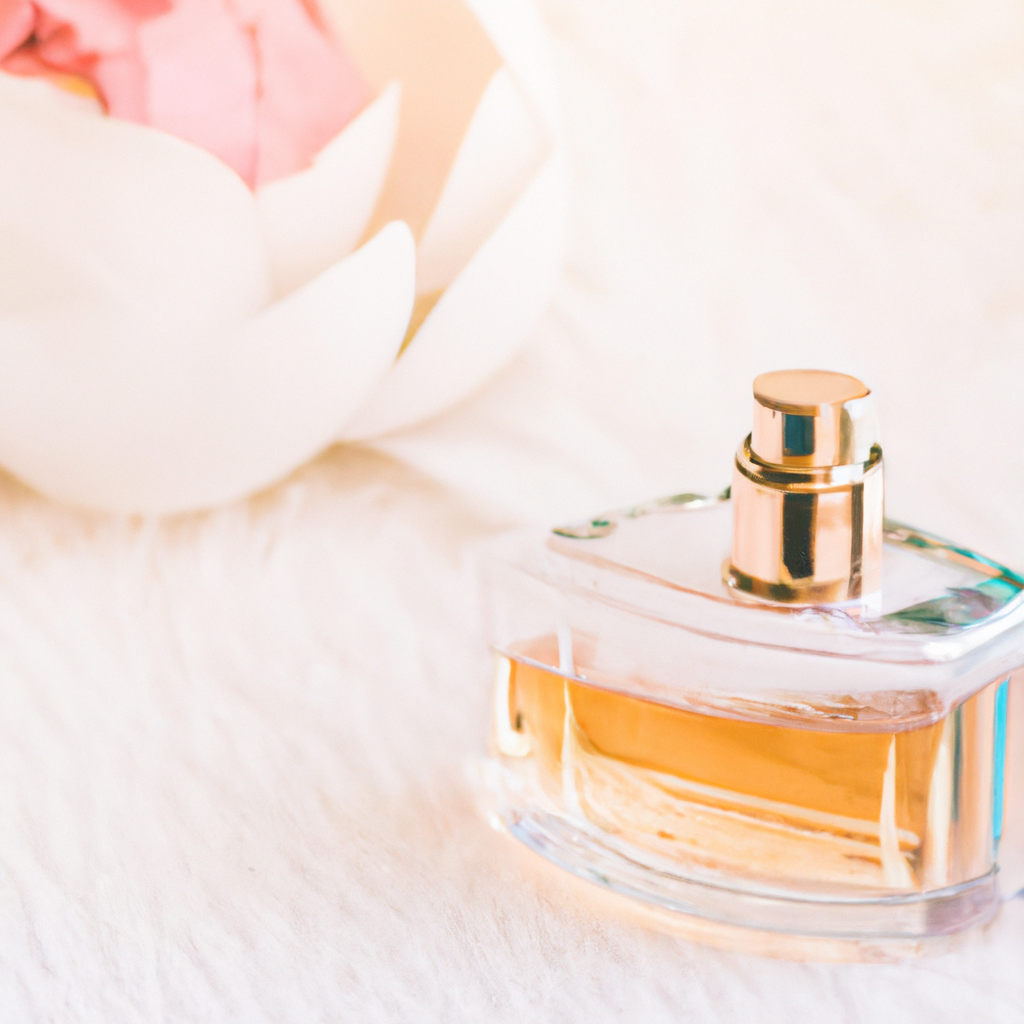When it comes to fragrance, there are two main varieties – natural and synthetic. Both have their distinct benefits and drawbacks. Natural fragrances are derived from essential oils and plant extracts. They are generally considered to be safer and more gentle on the skin than synthetic fragrances. However, they can be more expensive and may cause allergic reactions in some people. Synthetic fragrances are created in laboratories from chemicals derived from petroleum or wood pulp from the paper industry. They are usually cheaper than natural fragrances and have better longevity, however, they may cause headaches, dizziness, and other health problems. Not to mention the fact that they are proprietary blends of chemicals that people don't have access so there is no way to know what we are inhaling or putting on our skin.
Most people have heard of natural fragrances, but there is a lot of confusion about what they are. Natural fragrances are made directly from plants through distillation, solvent extraction, cold-pressing, or infusions. There are many benefits to using natural fragrances. They are gentle and safe for the skin, smell true to the plant, and they are better for the environment. Synthetic fragrances will often list "natural" ingredients, but these are usually just a small part of the overall fragrance blend. If the product has a truly natural scent, the botanical name will be listed in the ingredients i.e. lavendula angustifolia (lavender) oil.
Examples of natural fragrances are lavender, citrus fruits such as lemon and tangerine, frankincense, and pine.
Synthetic fragrances are made from chemicals that imitate a natural scent. These chemicals are usually derived from petroleum or wood pulp, and some are known to be carcinogenic or endocrine disruptors. The most common synthetic fragrances are musk, ethyl methoxycinnamate, and phthalates. Synthetic fragrances are found in many household products, such as air fresheners, scented candles, laundry detergents, and fabric softeners. They are also used in personal care products, such as perfumes, colognes, soaps, and shampoos. Synthetic fragrance is listed at 'parfum' or 'fragrance'. Even if the labels says 'natural oils', it's still synthetic unless you see the botanical name of the plant. These terms are not regulated and anyone can use them to fool you.
Examples of synthetic fragrances are watermelon, peach, plum, fig, strawberry, cherry, and apricot. Only citrus fruits
The debate about which is better – synthetic or natural fragrances – is one that has been going on for years. Both sides have their pros and cons. Some people prefer synthetic fragrances because they are less expensive and last longer. Others prefer natural fragrances because they smell luxurious and are thought to be safer and more gentle on the skin. At Cocoon, we only use natural fragrances in our products and we choose them based on their skincare properties, their compatibility with skin, as well as their scent.

